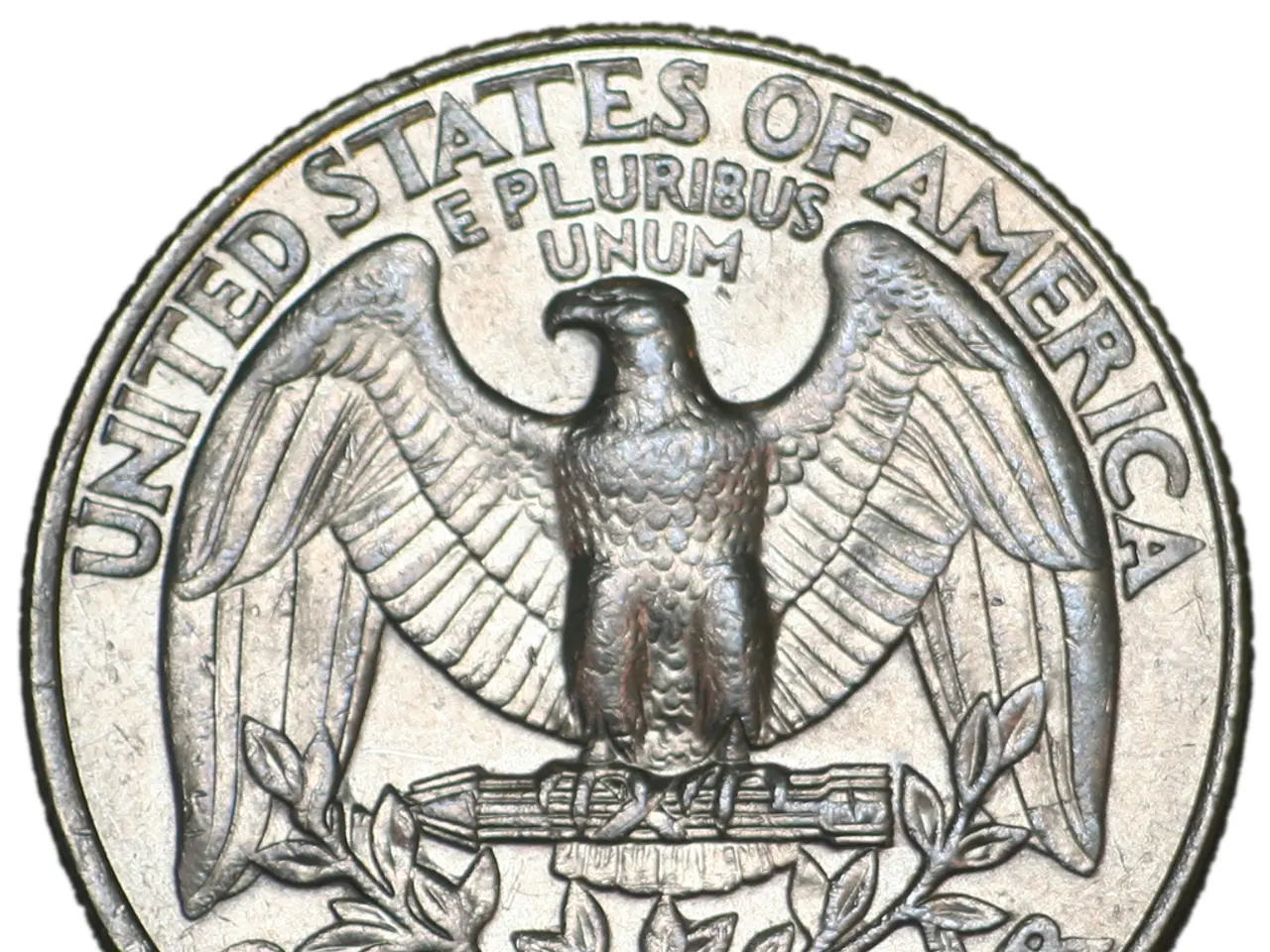Starting July 1, Russians face hiked utility fees, new housing tariffs imposed.
Noon, June 9
Feeling the Bite: Utility Tariff Hikes Ahead for Russians
Brace yourselves, Russian citizens! As of July 1, 2025, you'll be faced with a substantial increase in utility bills. Though the national average stands at a significant 11.9%, some regions are in for a real shock.
Brace Your Wallet: Regions with Skyrocketing Bills
The indexing hike, a term that's become all too familiar to urban apartment and private homeowners, will hit hardest in these regions. With an eye-popping 21.1% increase on the horizon, Perm Krai leads the pack. Close behind are the Arkhangelsk region, where payments will jump 20%, and Kemerovo, where water, gas, and electricity bills look set to soar by nearly 20%. North Ossetia shares a similar fate, with a 19.1% increase coming your way, while Chelyabinsk and Mordovia residents might have to deal with bills rising 18%. Tatarstan and Dagestan aren't far behind, with a significant 17.5% increase looming. Experts warn that these growth rates almost double the inflation rate, posing a serious threat to household budgets during the summer season.
Balmy Bills: The Regions of Reprieve
Amidst the dismal outlook, some regions promise a breath of fresh air. The Nenets Autonomous Okrug, Chechnya, Ingushetia, and Kabardino-Balkaria all boast increases of 4%, 5%, 5.2%, and 6%, respectively. Parliamentarians attribute these comparatively low figures to high levels of social support and prior overpayments for many utility services. For residents of these regions, the bump in bills should be barely noticeable, as the state takes on part of the costs.
The Root Cause: Why Bills are Rising
Alexander Yakubovsky, a State Duma Deputy, spoke to RIA Novosti, clarifying that the hike in indexing is primarily due to the urgent need for upgrading utility systems. Most of these networks and facilities are worn out and require major investments. The costs for waste collection and disposal, equipment operation, and energy resources like gas and electricity, have seen a considerable rise. Inflation has also played a role in pushing up utility costs in recent years.
Pain Relief: Tips for Softening the Blow
Utility experts advise Russians to keep a close eye on their utility bills, scrutinizing each line item on their statements. If there's uncertainty, reach out to your managing companies for clarifications. Some regions offer targeted assistance programs that provide relief for citizens grappling with sharp tariff increases. Don't forget about subsidies, available for both pensioners and low-income families.
Additional Insights:
- The energy crisis in Russia is caused by delays in modernizing critical infrastructure, including thermal power plants. Prioritization for equipment deliveries will be given to regions expected to face acute generation shortages, such as Yakutia and the Rostov region[1].
- Regions like Orenburg, Kostroma, and Tyumen, as well as the Republic of Bashkortostan, are at risk for reliability of power supply due to these delays[1]. However, specific tariff increase figures for these regions are not detailed in the available information.
- [1] https://www.aa.com.tr/en/europe/russia-faces-power-cuts-in-2025-expert/2148615
- [3] https://www.rbc.ru/capsule_news/627aa29f9a794747908f9686
- Despite the gloomy forecast for most regions, some areas like Chechnya, Ingushetia, Kabardino-Balkaria, and the Nenets Autonomous Okrug offer relatively lower utility bill increases, ranging from 4% to 6%.
- The steep rise in utility tariffs across many regions of Russia is mainly attributed to the need for updating aging utility systems, the escalating costs of waste disposal, equipment operation, and energy resources, and the impact of inflation.




